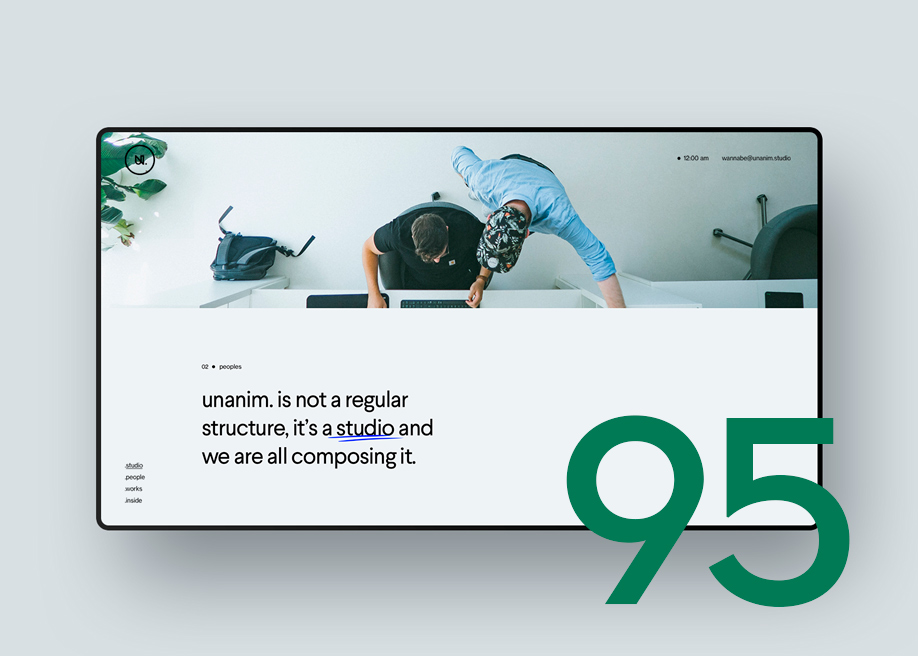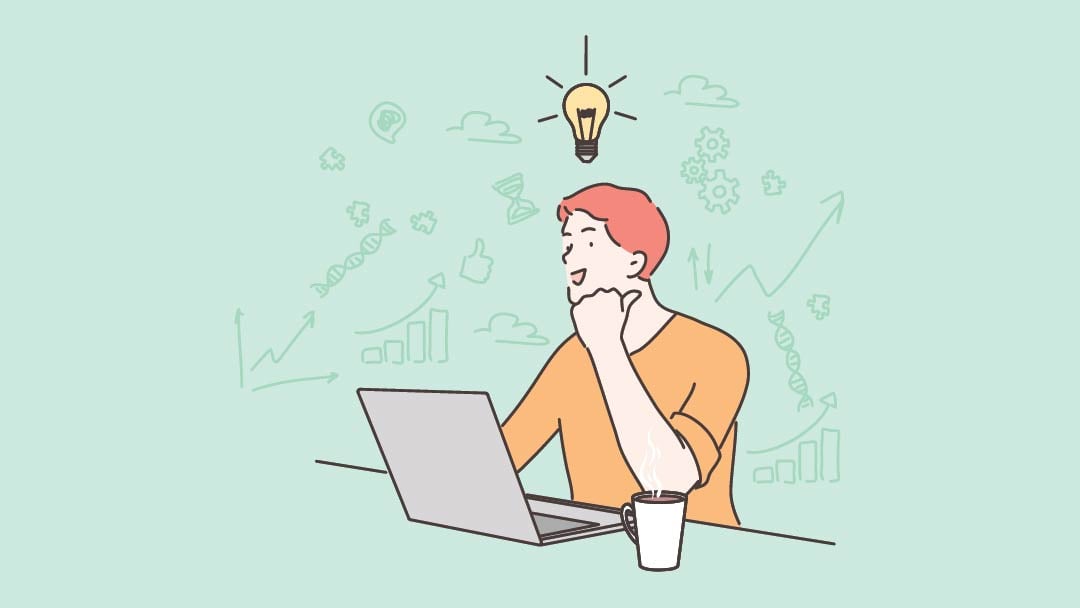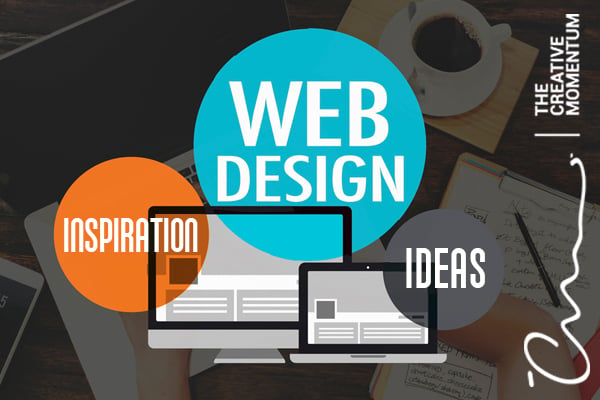All Categories
Featured
Table of Contents
- – Custom Website Design And Marketing - Inmotion...
- – Web Design Certificate - Web Development Cert...
- – Web Design & Seo By Acs - Syracuse Web Design...
- – Web Design Museum 1991 – 2006 Tips and Tricks:
- – 53 Web Design Tools To Help You Work Smarter ...
- – Responsive Web Design Certification - Freecod...
- – Ciw Web Design Series Tips and Tricks:
- – Awwwards - Website Awards - Best Web Design ...
- – Redtree Web Design - Pittsburgh Tips and Tri...
- – Web Design Services + Website Development Ag...
- – Ciw Web Design Series Tips and Tricks:
Custom Website Design And Marketing - Inmotion Hosting Tips and Tricks:
Quick summary Use and the energy, not the visual style, identify the success or failure of a site. Since the visitor of the page is the only person who clicks the mouse and for that reason chooses whatever, user-centric design has actually developed as a basic technique for successful and profit-oriented web design - web design frederick md.
and the energy, not the visual style, figure out the success or failure of a website. Given that the visitor of the page is the only person who clicks the mouse and therefore chooses everything, user-centric design has ended up being a basic method for successful and profit-oriented web style. After all, if users can't use a feature, it may too not exist.
g. where the search box need to be placed) as it has actually already been performed in a variety of short articles; instead we concentrate on the methods which, used appropriately, can lead to more advanced design choices and streamline the procedure of perceiving presented info. Please notice that you may be interested in the usability-related short articles we've released before: Principles Of Good Site Style And Effective Web Style Guidelines, In order to use the concepts correctly we initially require to understand how users interact with websites, how they believe and what are the fundamental patterns of users' habits.
Web Design Certificate - Web Development Certificate Program Tips and Tricks:
Visitors glance at each brand-new page, scan some of the text, and click on the first link that catches their interest or vaguely looks like the important things they're trying to find. There are big parts of the page they do not even look at. Most users look for something intriguing (or beneficial) and clickable; as soon as some promising candidates are found, users click.
If a page supplies users with top quality material, they want to jeopardize the material with advertisements and the design of the site. This is the reason why not-that-well-designed sites with top quality material acquire a great deal of traffic over years. Material is more crucial than the style which supports it.

Really basic concept: If a website isn't able to satisfy users' expectations, then designer stopped working to get his job done properly and the business loses cash. The greater is the cognitive load and the less user-friendly is the navigation, the more ready are users to leave the website and search for options.
Web Design & Seo By Acs - Syracuse Web Design - Google ... Tips and Tricks:
Neither do they scan web page in a linear style, going sequentially from one website area to another one. Rather users satisfice; they choose the very first reasonable choice. As quickly as they discover a link that appears like it might result in the objective, there is an excellent opportunity that it will be immediately clicked.
It doesn't matter to us if we comprehend how things work, as long as we can use them. If your audience is going to act like you're creating billboard, then style excellent billboards." Users desire to have the ability to control their browser and count on the constant data discussion throughout the site.
If the navigation and site architecture aren't intuitive, the variety of question marks grows and makes it harder for users to understand how the system works and how to get from point A to point B. A clear structure, moderate visual hints and quickly identifiable links can assist users to discover their course to their goal.
Web Design Museum 1991 – 2006 Tips and Tricks:

Because users tend to explore sites according to the "F"-pattern, these three declarations would be the very first aspects users will see on the page once it is filled. The design itself is basic and instinctive, to understand what the page is about the user requires to browse for the answer.
When you've accomplished this, you can communicate why the system is useful and how users can benefit from it. Don't Waste Users' Persistence, In every task when you are going to use your visitors some service or tool, attempt to keep your user requirements minimal.
First-time visitors are prepared to, not filling long web forms for an account they might never ever use in the future. Let users explore the website and discover your services without requiring them into sharing personal data. It's not reasonable to force users to enter an email address to test the function.
53 Web Design Tools To Help You Work Smarter In 2022 Tips and Tricks:
Stikkit is an ideal example for an user-friendly service which needs practically nothing from the visitor which is unobtrusive and comforting. Which's what you desire your users to feel on your web site. Apparently, Termite needs more. Nevertheless the registration can be carried out in less than 30 seconds as the form has horizontal orientation, the user does not even need to scroll the page.
A user registration alone is adequate of an obstacle to user navigation to cut down on incoming traffic. 3. Manage To Focus Users' Attention, As sites provide both fixed and dynamic material, some aspects of the user interface attract attention more than others do. Clearly, images are more attractive than the text just as the sentences marked as vibrant are more appealing than plain text.
Focusing users' attention to specific locations of the site with a moderate usage of visual components can assist your visitors to receive from point A to point B without thinking about how it in fact is expected to be done. The less concern marks visitors have, the they have and the more trust they can establish towards the company the website represents.
Responsive Web Design Certification - Freecodecamp.org Tips and Tricks:
4. Pursue Function Exposure, Modern web designs are usually criticized due to their technique of assisting users with aesthetically appealing 1-2-3-done-steps, big buttons with visual results etc. From the design point of view these elements actually aren't a bad thing. On the contrary, such as they lead the visitors through the site material in a really basic and easy to use way.
The site has 9 main navigation alternatives which are noticeable at the first glimpse. What matters is that the content is well-understood and visitors feel comfortable with the way they communicate with the system.
Instead a price: simply what visitors are looking for. An optimal solution for effective writing is touse short and concise expressions (come to the point as rapidly as possible), usage scannable layout (categorize the material, utilize several heading levels, utilize visual aspects and bulleted lists which break the circulation of uniform text blocks), usage plain and objective language (a promo doesn't require to sound like ad; provide your users some sensible and objective reason why they ought to utilize your service or remain on your website)6.
Ciw Web Design Series Tips and Tricks:
Users are rarely on a website to delight in the style; additionally, for the most part they are searching for the details despite the style - web design frederick md. Pursue simpleness rather of intricacy. From the visitors' point of view, the finest website design is a pure text, with no ads or further content blocks matching exactly the question visitors used or the content they've been trying to find.
Finch clearly provides the info about the site and offers visitors a choice of alternatives without overcrowding them with unnecessary content. Not just does it help to for the visitors, but it makes it possible to perceive the details presented on the screen.
Complex structures are harder to check out, scan, examine and work with. If you have the choice in between separating two style segments by a visible line or by some whitespace, it's usually better to use the whitespace option. (Simon's Law): the better you manage to supply users with a sense of visual hierarchy, the simpler your material will be to view.
Awwwards - Website Awards - Best Web Design Trends Tips and Tricks:
The very same conventions and rules ought to be used to all elements.: do the most with the least quantity of cues and visual components. 4 major points to be thought about: simplicity, clearness, diversity, and emphasis. Simplicity includes just the aspects that are essential for interaction. Clearness: all elements ought to be developed so their meaning is not ambiguous.
Conventions Are Our Buddies, Traditional style of website components doesn't result in a dull web website. It would be an usability nightmare if all websites had different visual discussion of RSS-feeds.
comprehend what they're expecting from a site navigation, text structure, search placement etc. A case in point from use sessions is to translate the page in Japanese (presuming your web users don't know Japanese, e. g. with Babelfish) and offer your functionality testers with a task to discover something in the page of different language.
Redtree Web Design - Pittsburgh Tips and Tricks:
Steve Krug recommends that it's better to, but make the most of conventions when you do not. 10. Test Early, Test Typically, This so-called TETO-principle ought to be applied to every web style job as usability tests typically provide into significant issues and problems connected to an offered layout. Test not far too late, not insufficient and not for the incorrect reasons.
Some crucial indicate keep in mind: according to Steve Krug, and testing one user early in the task is better than testing 50 near completion. Accoring to Boehm's first law, errors are most frequent throughout requirements and design activities and are the more expensive the later on they are removed.
That means that you design something, test it, repair it and after that test it again. There may be problems which have not been discovered during the very first round as users were virtually obstructed by other problems. usability tests. Either you'll be pointed to the issues you have or you'll be pointed to the lack of significant style defects which is in both cases a beneficial insight for your job.
Web Design Services + Website Development Agency Tips and Tricks:

This holds for designers as well. After you've worked on a site for couple of weeks, you can't observe it from a fresh point of view any longer. You understand how it is constructed and therefore you understand exactly how it works you have the wisdom independent testers and visitors of your website wouldn't have.
It can be connected to other areas such as graphic style, user experience, and multimedia arts, but is more appropriately seen from a technological perspective. It has actually become a large part of people's daily lives. It is difficult to envision the Internet without animated graphics, various designs of typography, background, videos and music.

During 1991 to 1993 the World Wide Web was born. Text-only pages could be viewed using a simple line-mode internet browser. There had actually been no integrated technique to graphic style aspects such as images or noises.
Ciw Web Design Series Tips and Tricks:
The W3C was developed in October 1994 to "lead the Internet to its complete potential by developing typical procedures that promote its development and guarantee its interoperability." This prevented any one company from monopolizing a propriety internet browser and shows language, which could have changed the impact of the Web as a whole.
As this has occurred the innovation of the web has likewise carried on. There have also been substantial modifications in the method people utilize and access the web, and this has altered how sites are designed. Considering that the end of the web browsers wars [] brand-new web browsers have been released. Numerous of these are open source suggesting that they tend to have quicker advancement and are more encouraging of brand-new standards.
Learn more about Lovell Media Group LLC or TrainACETable of Contents
- – Custom Website Design And Marketing - Inmotion...
- – Web Design Certificate - Web Development Cert...
- – Web Design & Seo By Acs - Syracuse Web Design...
- – Web Design Museum 1991 – 2006 Tips and Tricks:
- – 53 Web Design Tools To Help You Work Smarter ...
- – Responsive Web Design Certification - Freecod...
- – Ciw Web Design Series Tips and Tricks:
- – Awwwards - Website Awards - Best Web Design ...
- – Redtree Web Design - Pittsburgh Tips and Tri...
- – Web Design Services + Website Development Ag...
- – Ciw Web Design Series Tips and Tricks:
Latest Posts
Beginner's Guide: How To Learn Web Design At Home - Medium Tips and Tricks:
Web Design Definition - Techterms Tips and Tricks:
Penner Home - Durham Web Design - Penner Web Design ... Tips and Tricks:
More
Latest Posts
Beginner's Guide: How To Learn Web Design At Home - Medium Tips and Tricks:
Web Design Definition - Techterms Tips and Tricks:
Penner Home - Durham Web Design - Penner Web Design ... Tips and Tricks: